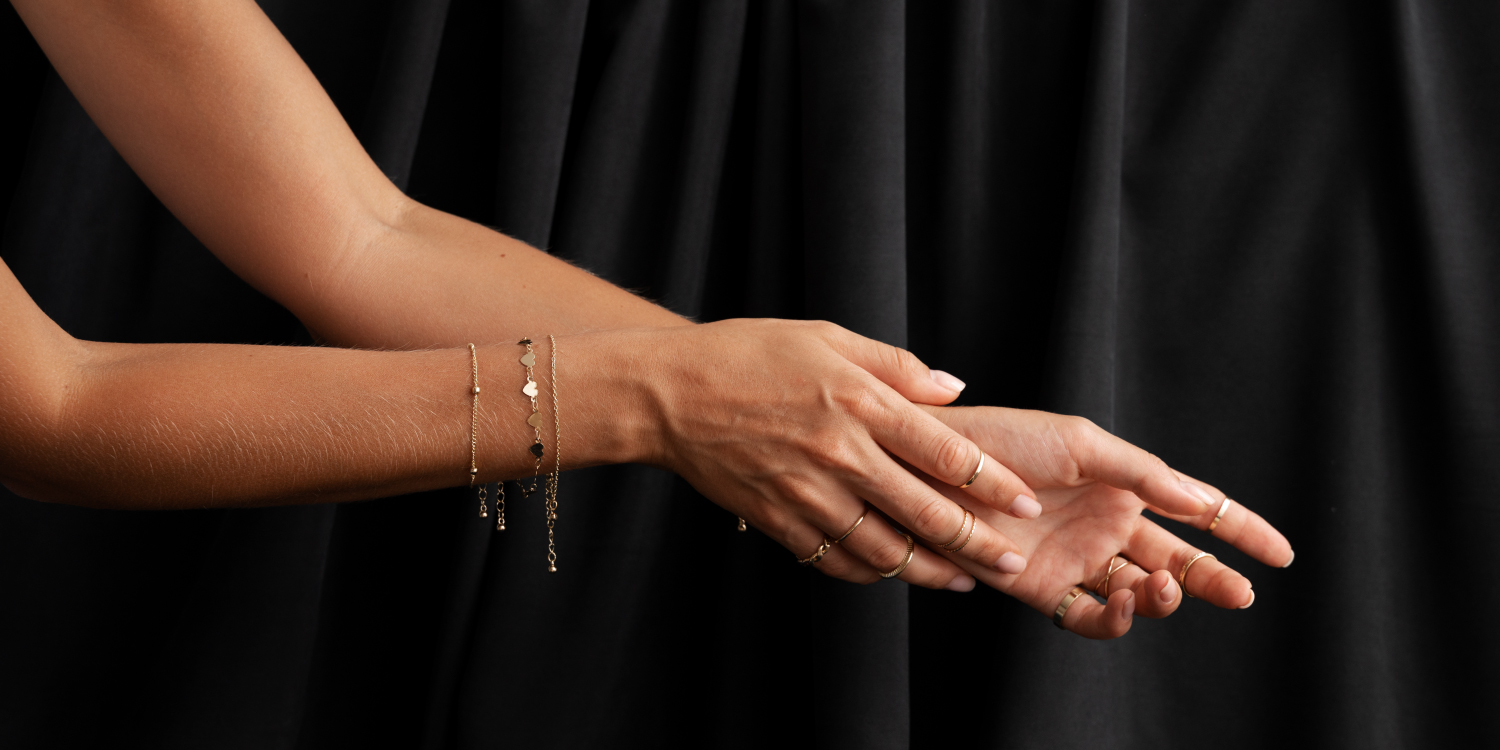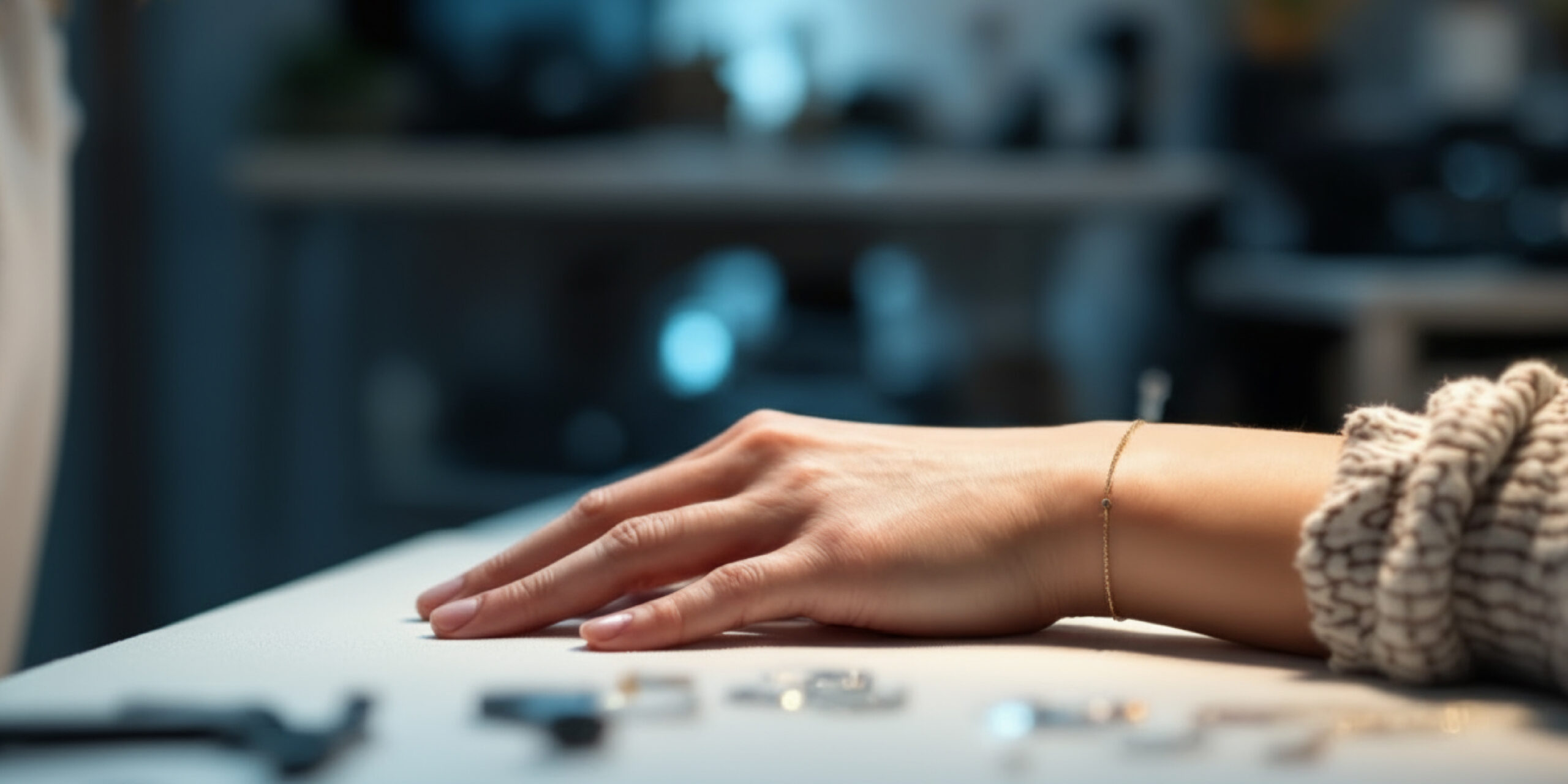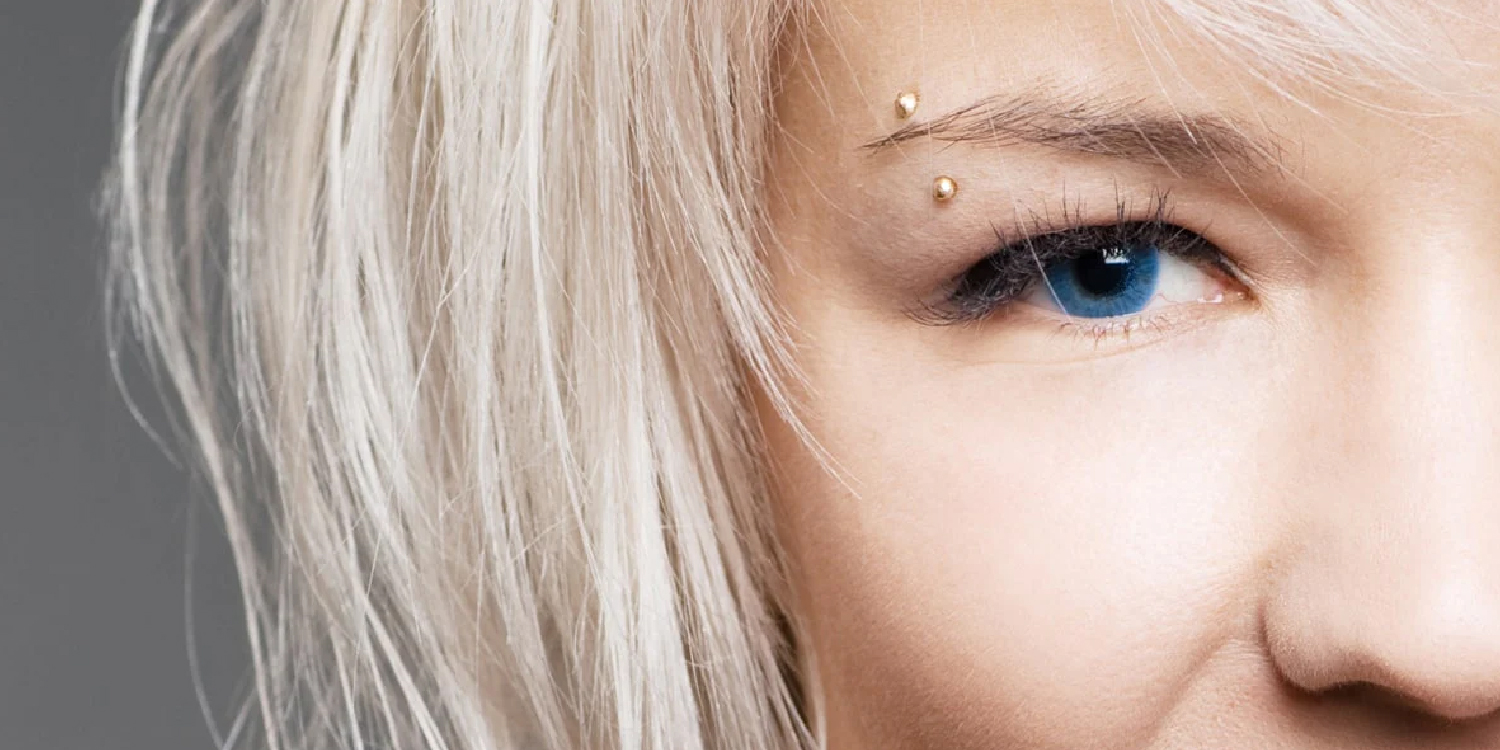‘Diamonds are a girl’s best friend.’ True, but girls will also agree with a more generic slogan: ‘Jewellery is a girl’s best friend’. And why not? Women (and men!) love to accessorise and are always on the lookout for new trends. Styling jewellery with the OOTD is an experimental game we all love. Permanent jewellery is a great choice for continuous wear that doesn’t stress you. You put it on and forget about it. It is great to commemorate life changes and events, but it is also great for people who don’t want the stress of choosing jewellery every day.
Permanent jewellery is meant for everyday use. There are no clasps, for it is designed to be worn 24/7. It is durable and reliable. What makes it last? This blog will explore the reasons that make permanent jewellery, well…permanent!
What Makes Jewellery “Permanent”?
Permanent jewellery is made for constant wear. It is meant to be worn 24/7, whether you are sleeping or swimming. The chains are welded to your body with specialised equipment that is safe. It is a continuous chain with no clasps.
This jewellery has to endure all seasons and lifestyle choices. And that’s why durability is key. The material of the jewellery must be resilient to daily wear and exposure to all elements. Are you wondering how long it will last? Well, it stays with you till you decide to remove it. Removal may require a visit to a professional studio.
The best part about them is that removing them doesn’t mean you cannot use them again. It is possible to reattach them. Once you have permanent jewellery on, it requires very little maintenance or care.
Metals Used in Permanent Jewellery
There are several metal options in the market. Each has its pros and cons. For more clarity about the different metals, read on.
Solid Gold (10k, 14k, 18k)
Gold is the most popular of all the metals that are used for permanent jewellery. Gold is available in different karats, such as 10k, 14k, and 18k. The ‘k’ represents karat. Karat is an indication of the gold purity. 24k indicates 100% gold purity, and lower numbers indicate a blend of gold with other metals.
14k gold has a good balance of strength, colour and tarnish resistance, making it the most popular choice for permanent jewellery. It is considered most durable. Gold jewellery is hypoallergenic and will not tarnish. It is suitable for all weather and is resistant to water, sweat and soap. On the downside, it is expensive. Gold is not a sturdy metal and needs to be blended with other metals to make it strong. Softness increases with karats (18k is softer than 14k).
Sterling Silver (.925 Silver)
Sterling silver is a type of silver alloy that contains 92.5% silver and 7.5% other metals (usually copper). Silver is also a soft metal and needs the addition of different metals to make it strong and durable.
Sterling silver is an affordable option for permanent jewellery. It is versatile and trendy. Many people find the bright white finish more appealing than gold. It is budget-friendly with a classy look. However, silver will tarnish over time with exposure to air and water. It needs regular maintenance to keep it from turning black.
Gold-Filled
Gold-filled jewellery is not solid gold. It is made by layering a thin gold layer on a base metal (like brass or copper). This makes it more durable and long-lasting than solid gold. The gold layer is 5-10 times thicker than gold-plated jewellery, making it more resistant to wear and tear. Gold-filled jewellery offers a balance of quality, durability, and affordability. It is great for those who prefer the look of gold without the price tag! Gold-filled jewellery can wear down over the years and may not last “forever”.
Gold-Plated/Silver-Plated
Plated jewellery is a cheaper option, but it is not recommended for permanent jewellery. The coating can wear off with sweat and water. It can cause skin reactions and is not very durable.
Stainless Steel/Titanium
These metals are very sturdy and durable, but they are less commonly used in permanent jewellery. Permanent jewellery calls for a delicate, fine-chain style. This metal exudes an industrial look and is more suitable for men’s styles or anklets.
Chain Styles and Their Impact on Durability
There are many chain types to choose from for permanent jewellery. Link strength matters just as much as the metal. The welding point has to be secure in the chain for durability. The welding is the point where the chain can break, given that it is worn 24/7. Thicker gauge chains are more durable, but it can be tough to make them look dainty.
The most common chain types are:
Cable chain – it is simple and strong.
Rolo chain – the links are circular, and good for daily wear.
Box chain – they are sleek but less flexible.
Figaro/Paperclip – they are trendy and have to be thick enough to be used regularly.
Environmental and Lifestyle Factors That Can Affect Longevity
The metals used in permanent jewellery are durable and need minimal maintenance. But like all metals, they can fade when exposed to the elements and need care.
Water exposure: Metals like gold are not affected by saltwater or chlorine in water. Silver will tarnish on exposure.
Sweat and Body Oils: The finish of metals can dull over time on regular contact with sweat and body oils.
Skincare and Perfumes: Chemicals in skincare and perfumes can affect the shine of metals and corrode them.
Sleeping or exercising: Permanent jewellery can snag on things when used daily. Chain stress can also break them.
Tips: Always wash jewellery after swimming in the ocean or pool. Keep them dry after washing for best results. Avoid applying perfume or skincare lotions directly to the metal.
Allergies and Skin Reactions
Solid gold and sterling silver are hypoallergenic and can be used safely. Metals with nickel can cause allergies. People with skin sensitivities and allergies are best advised to avoid permanent jewellery with nickel in the blend. Look for nickel-free tags on jewellery.
Maintenance and Cleaning
A simple at-home routine will help you maintain your permanent jewellery well. A mild soap wash with a soft toothbrush will suffice. Avoid ultrasonic cleaners if the jewellery has charms or stones added.
To restore shine to silver, use a polishing cloth. The old housewife’s remedy of using toothpaste also works. Gold shine restoration needs a gentle buffing.
Final Thoughts
When choosing the metal for your permanent jewellery, your lifestyle has to be considered. 14k solid gold is suitable for everyone. You can call it an all-rounder. Sterling silver is beautiful but warrants more care. It has a propensity to tarnish and will need more care. Gold-filled jewellery is the middle ground that offers the looks, durability, and stays within your budget limitations.
If you are an active person, then gold or titanium will be your best bet. They can endure the elements and are highly durable. If you want something stylish but within your budget, go for gold-filled jewellery.
Always get your permanent jewellery at a reputable studio like Colibri Tattoo & Piercing. The professionals there can guide you properly, and you can rest assured that they only use high-quality metals.












